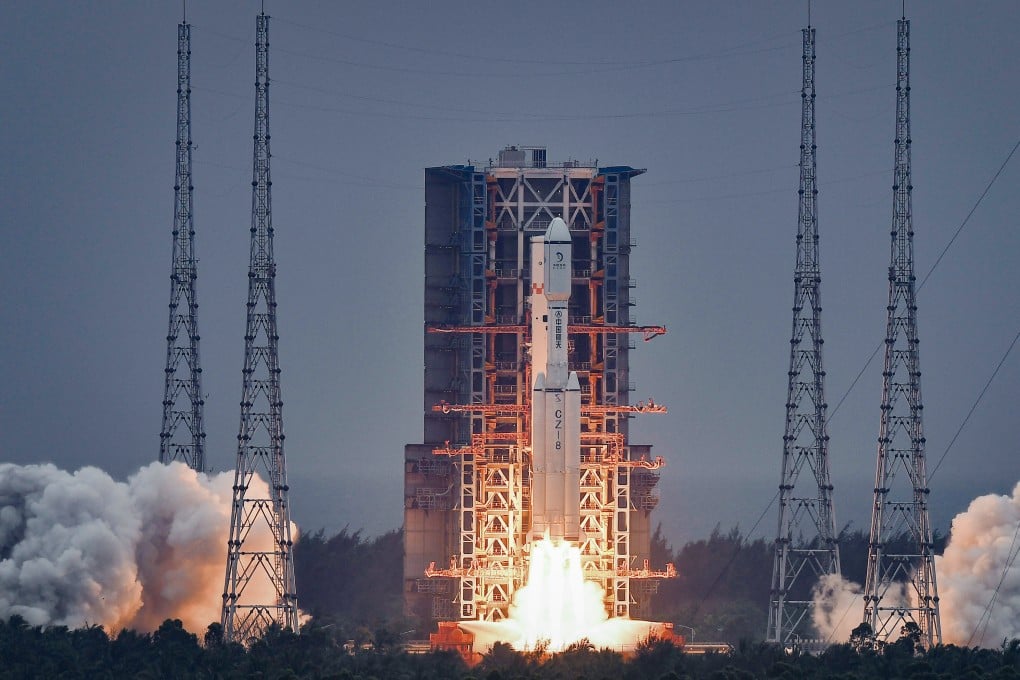China launches relay satellite to allow communication with far side of the moon and further nation’s lunar ambitions
- Queqiao-2 solar wings and relay communication antennas were deployed, making launch successful, says China National Space Administration
- Smaller satellites Tiandu-1 and 2 were also launched and will orbit the moon to test and verify navigation and communications technologies

After flying for 24 minutes, the rocket sent the relay satellite directly into the planned Earth-moon transfer orbit with a perigee height of 200km (124 miles) and an apogee height of 420,000km.
The solar wings and relay communication antennas of the relay satellite were deployed normally in succession, “marking a complete success of the launch mission”, the administration said.
The satellite would support future moon missions by China “and other countries”, it said.

Queqiao-2 is planned to reach an elliptical orbit around the moon and unfold its 4.2 metre-wide (13.8 feet) parabolic antenna to make communications possible between Earth and the lunar far side, which never faces Earth.
It can relay signals up to eight hours straight for the first sample return from the far side of the moon later this year, two more complicated missions to establish a prototype base at the lunar south pole by 2028 and, potentially, more spacecraft from China and its international partners.
